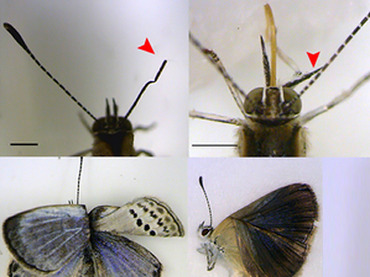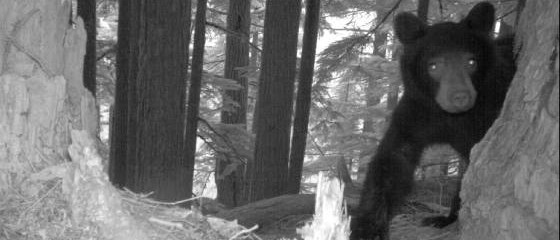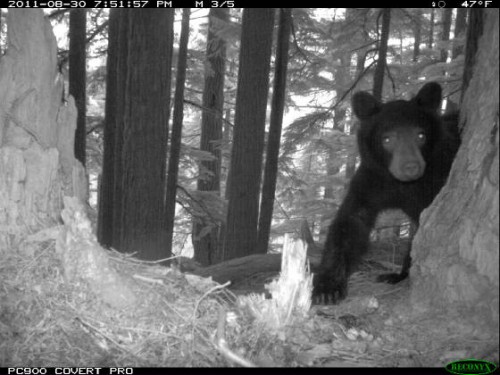Most people, yours truly included, living in these days in the cities, are completely disconnected from the earthly things. Younger generations don’t know how to grow crops, how big a cow is, or how milk or egg comes to be. And while I am personally not a big fan of all things agriculture, I do realize the importance of species being connected to their natural environment. And cities are not our natural environment, even if it might really seem so.
Big Picture blog does a nice coverage of harvesting – people, scenery, and machinery. Even though it’s not a reconnect with nature, it is still a good reminder of where things that we eat and drink every day come from.



